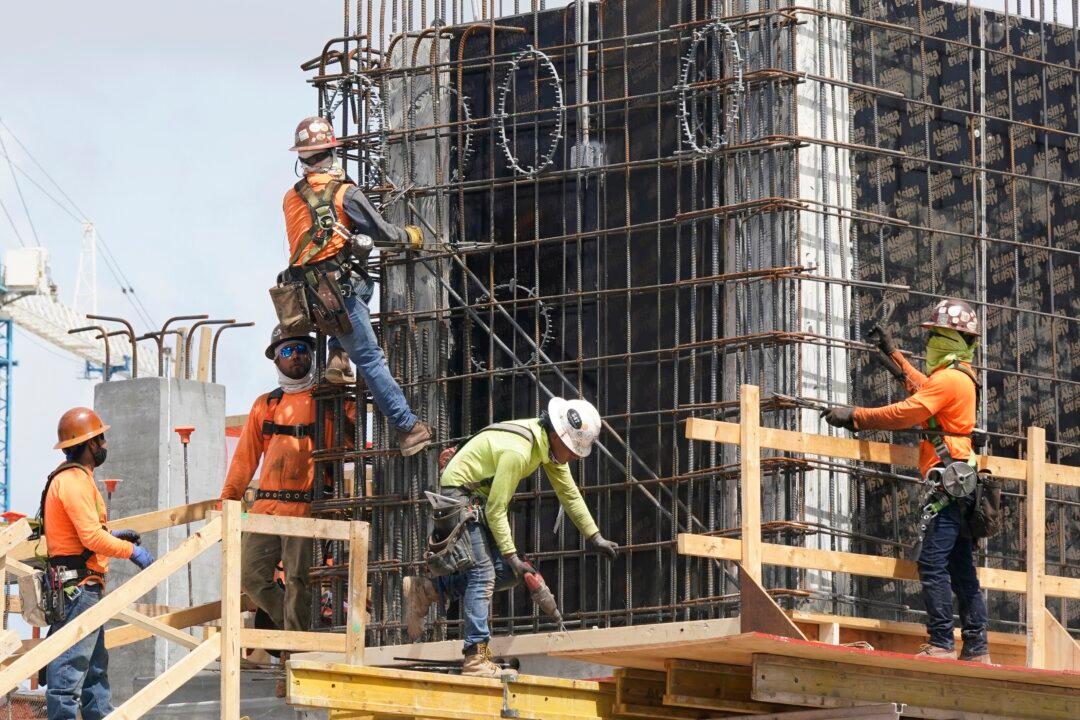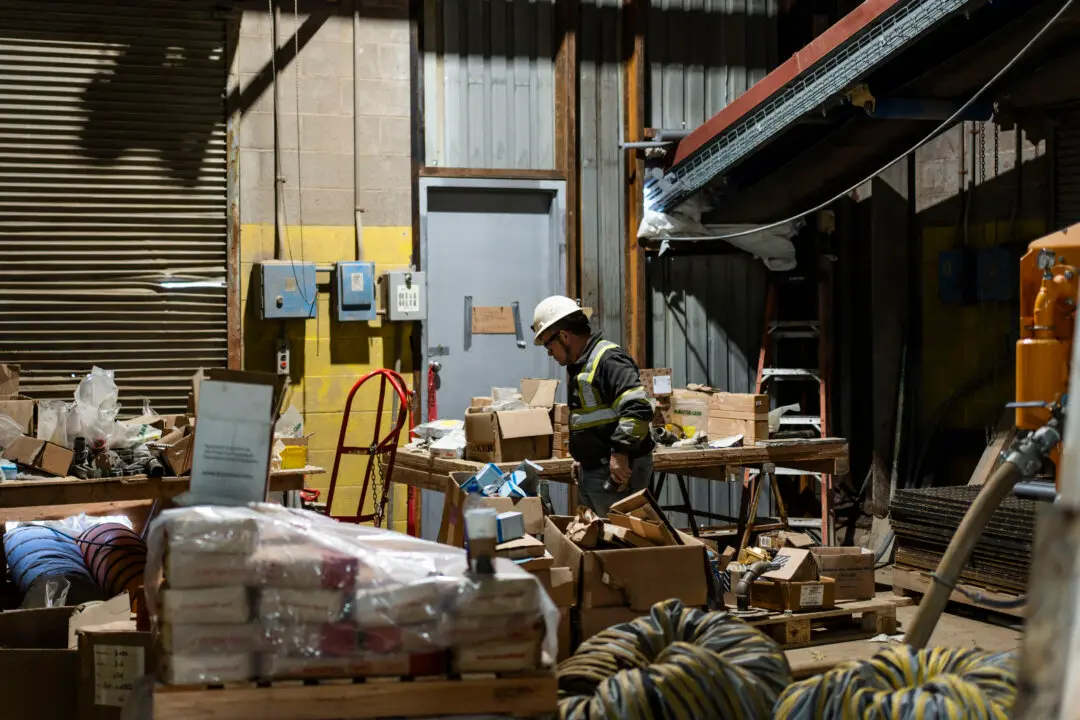The latest private sector employment report came in far above consensus forecasts, suggesting persistent inflationary forces and more pressure on the Federal Reserve to keep cooling the economy aggressively.
Also, data for January were revised higher to show 119,000 jobs added instead of the previously reported 106,000.
Wage growth pressures eased but remained elevated in February, with job-stayers seeing a 7.2 percent pay boost in annualized terms and job-changers notching a 14.3 percent increase. That’s down from 7.3 percent and 14.9 percent, respectively, in January.
“There is a tradeoff in the labor market right now,” ADP Chief Economist Nela Richardson said in a statement. “We’re seeing robust hiring, which is good for the economy and workers, but pay growth is still quite elevated. The modest slowdown in pay increases, on its own, is unlikely to drive down inflation rapidly in the near term.”
Wage growth tends to feed into broader inflationary pressures, with Federal Reserve officials keeping a close eye on labor market dynamics for signs of cooling inflation. But so far, Fed officials have seen evidence that the jobs market remains more resilient than expected and with it, inflation is proving more persistent.
“Despite the slowdown in growth, the labor market remains extremely tight,” Fed Chair Jerome Powell said in March 7 testimony before the Senate Committee on Banking.
“Although inflation has been moderating in recent months, the process of getting inflation down to 2 percent has a long way to go and is likely to be bumpy.”
Powell also noted that the increases in interest rates are “likely to be higher” than earlier projections.





